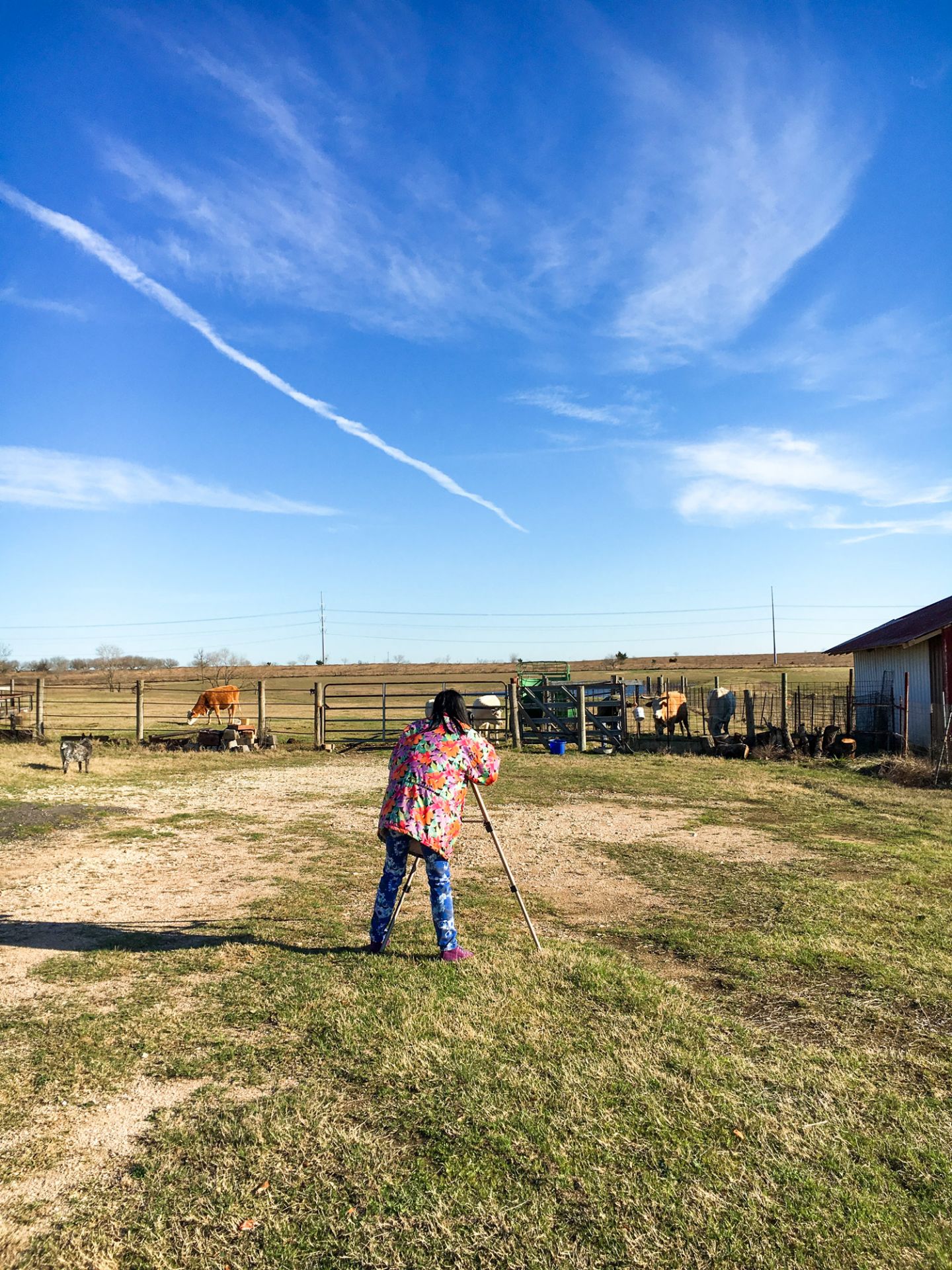
When I pitched the idea to make a documentary series
about CG&S’ 60-year history, I was taking a chance. I had worked on documentaries before as a production assistant and writer, and I knew all the steps to go through; but I had never tried to put a documentary together from start to finish. I would need to figure out how to use the camera equipment and editing software, how to set up a shoot, how to make a budget. It would be built from the ground up.
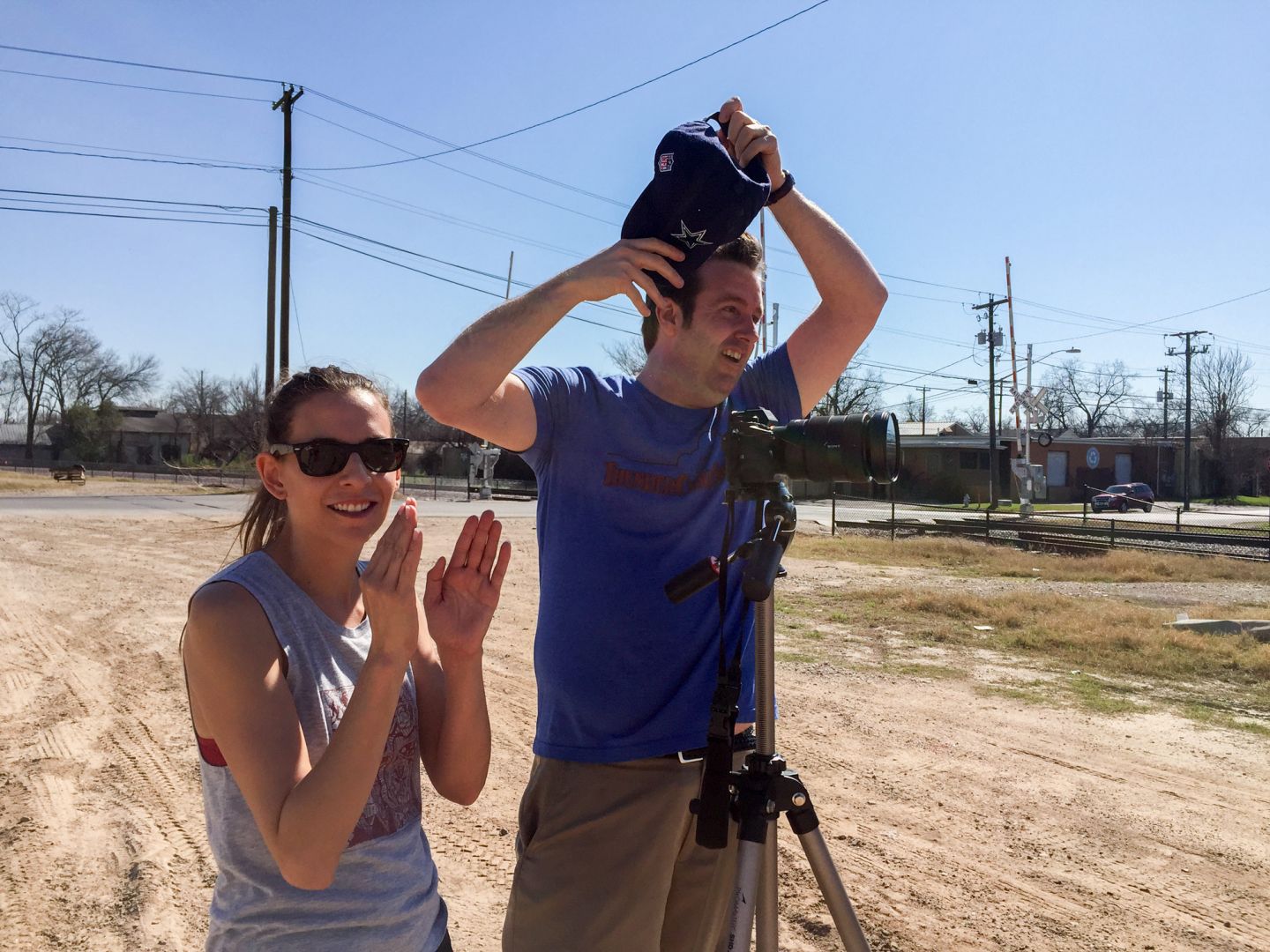
Thankfully, I wasn’t alone. I had collaboration and support from a passionate co-director, Marketing Director Iris Davis-Quick, and an enthusiastic film buff turned intern, Marc Clapp. Together, we navigated the (for us) relatively uncharted waters of video production.
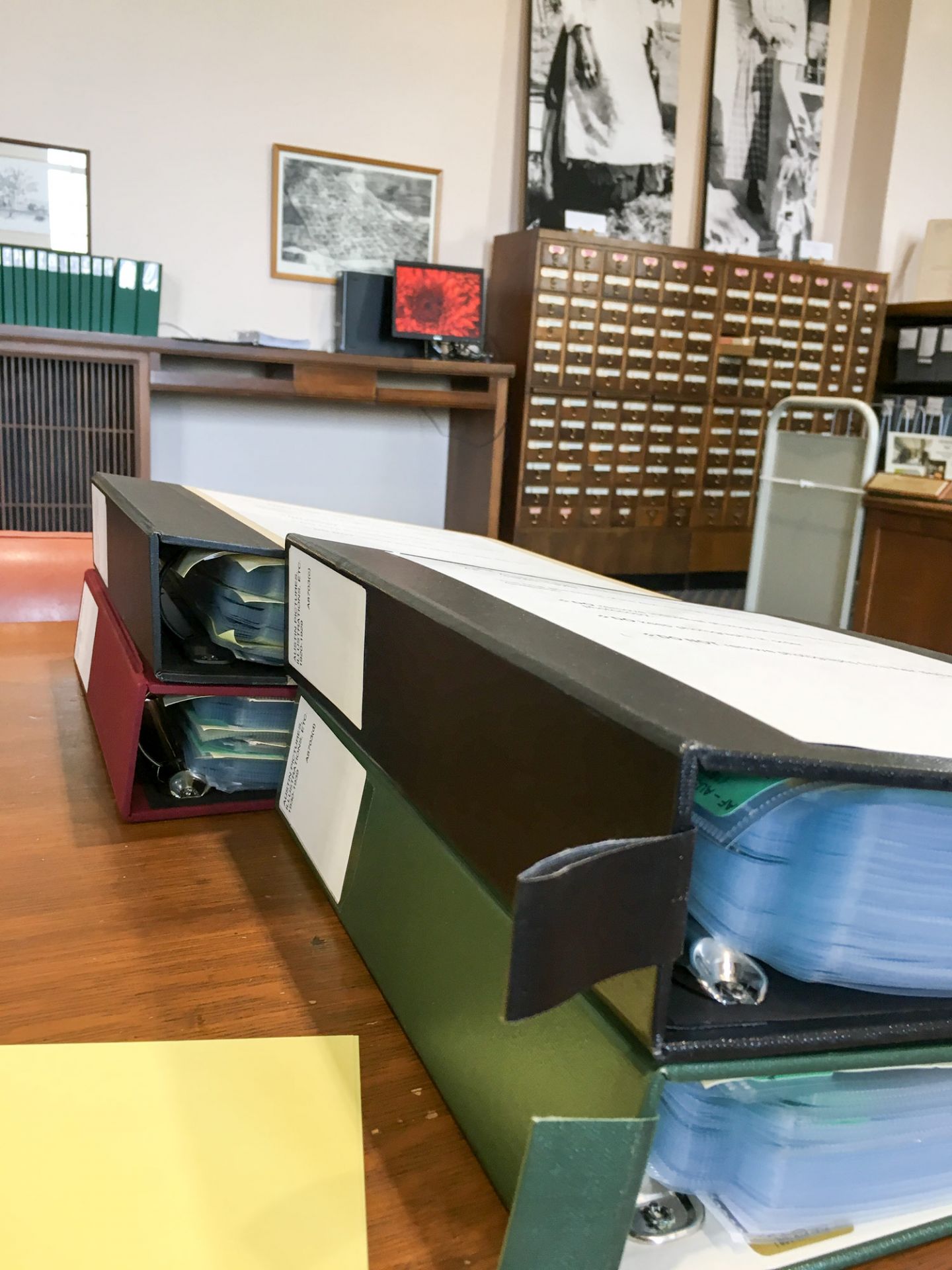
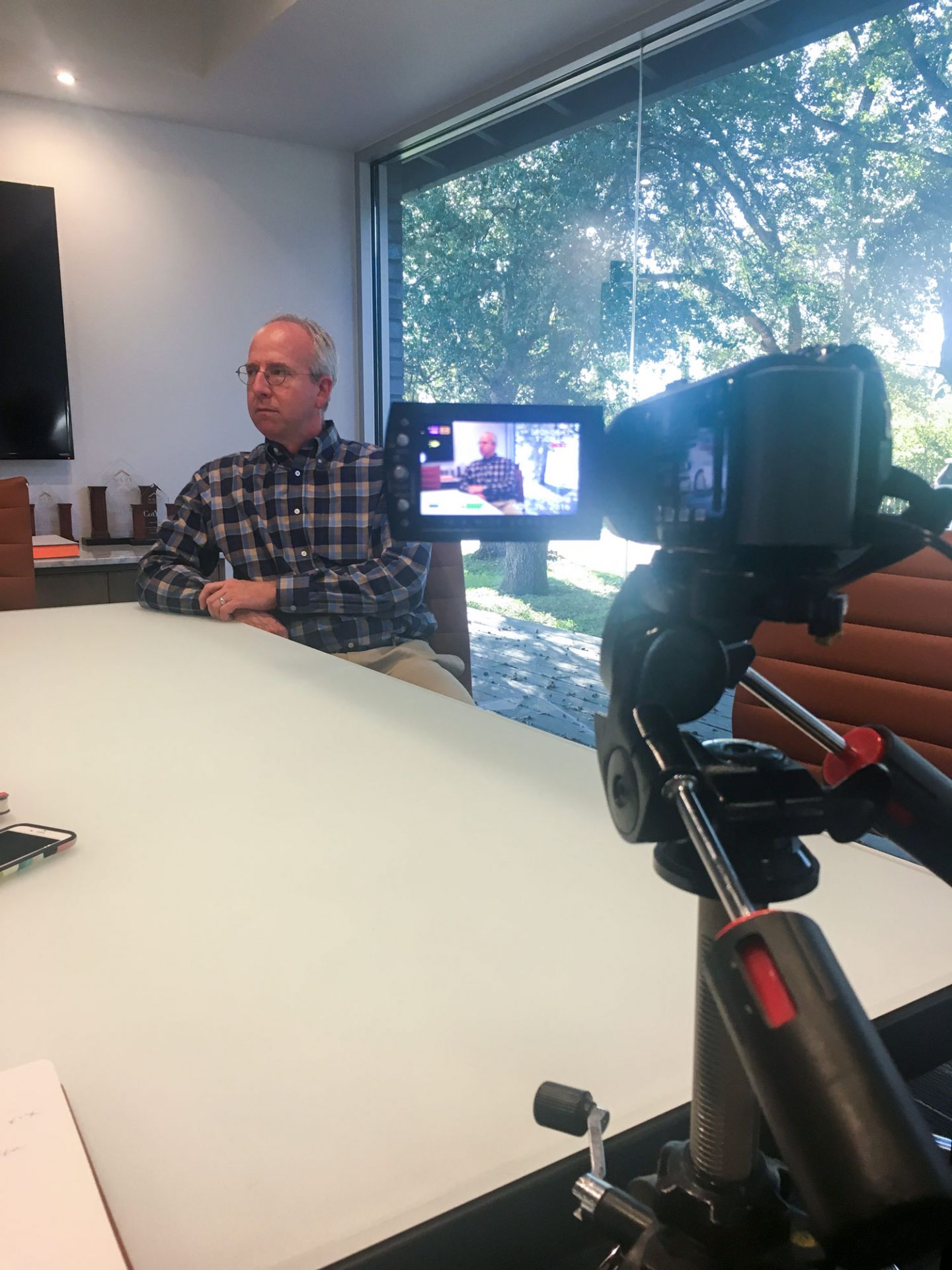
What did this involve? For one thing, research.
To tell the company’s history, we had to first learn for ourselves what it was. We began by filming pre-interviews on a cheap digital camera. This was the documentary equivalent of recon—taking stock, asking questions to find out what people had experienced and, from that, what we wanted to keep or explore further. Concurrently, we researched what we would need to create a small studio to shoot the interviews in; we bought a new camera and lens; and we looked into licensing for the software. Everything was happening at once.
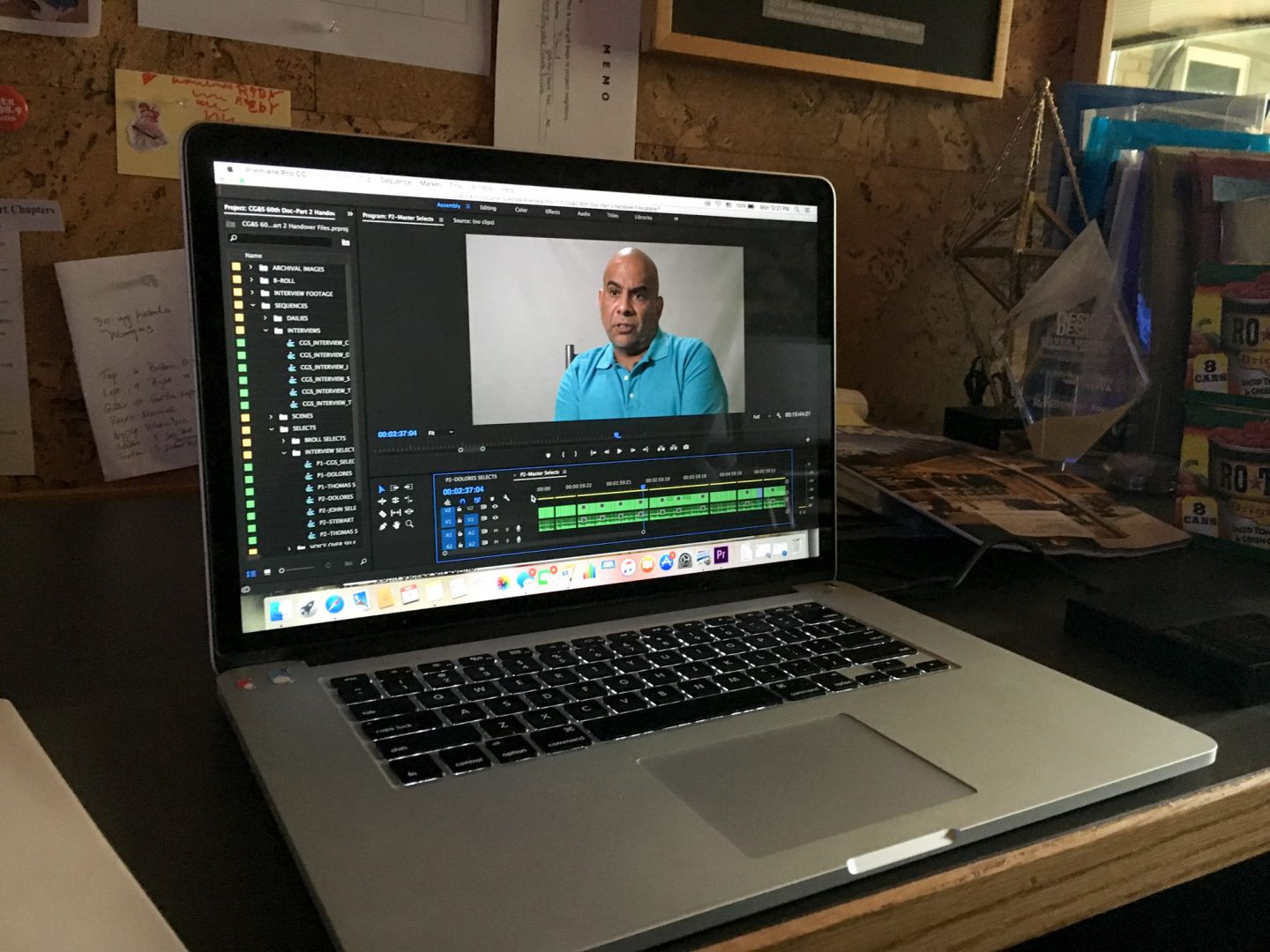
As we worked through the pre-interviews, and then the real interviews, a story emerged. The story was one of unconditional commitment and tenacity, what made it possible for Clarence and Stella Guerrero to start their company at a time when anti-Hispanic prejudice was still widespread. It was a story of generation building on generation—each working with inherited skills, resources and experience to create something new, ambitious and visionary in its own right.
I found my own experience was beginning to mirror what I was uncovering in the interviews: just as we were trying imperfectly to make something we had never attempted before, every generation of this company has had to figure it out, has had to build something from scratch with whatever they had. And—as with the documentary—realizing those ambitions was always more complicated than expected. Risk reared its head at every stage; mistakes and miscalculations were made; dysfunctional communication had to be recognized and worked on. Success only came once painful experience revealed what to look out for.
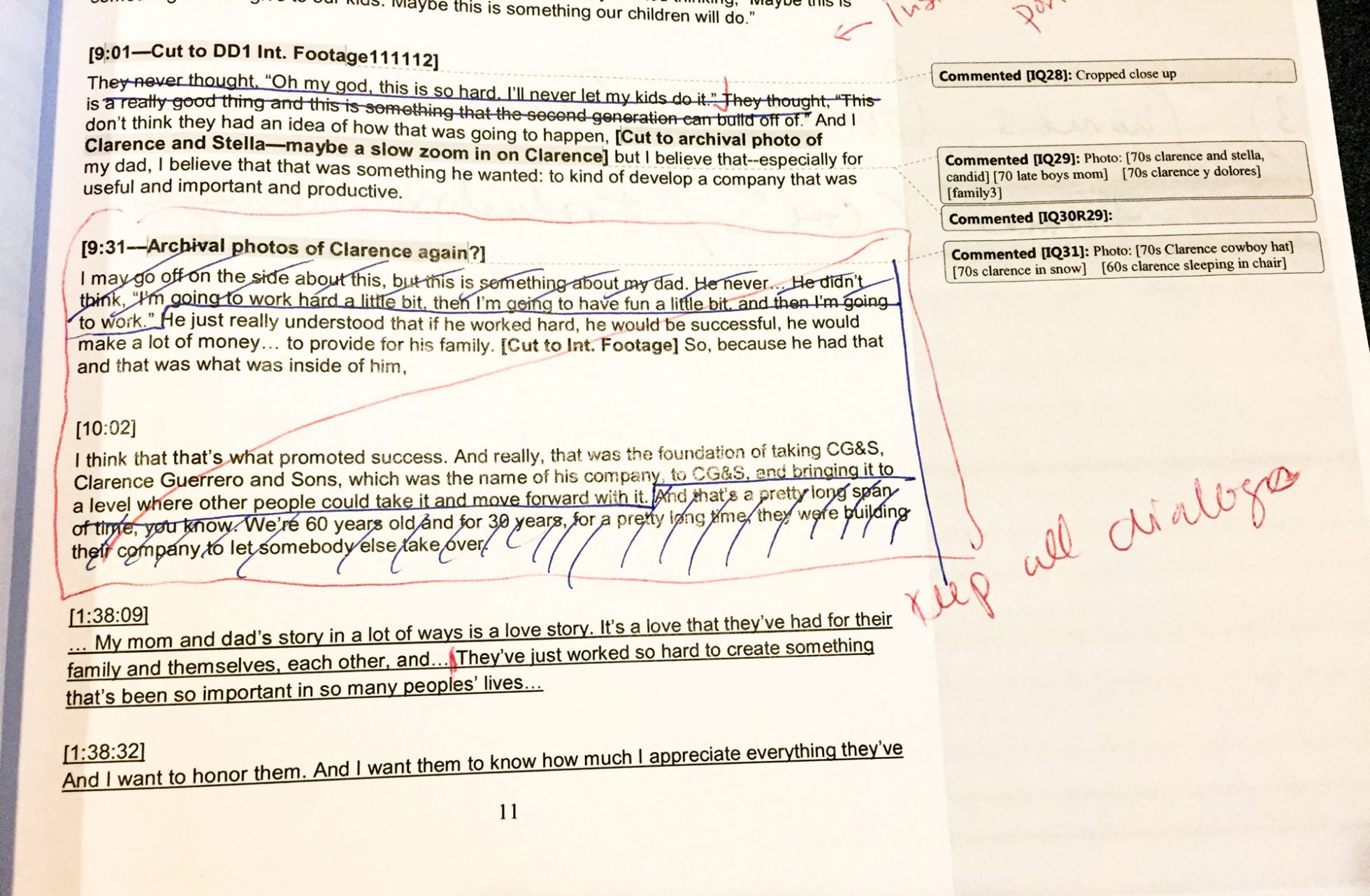
We constructed the script by transcribing all the interviews and then editing the pieces together to form the story we wanted to tell.
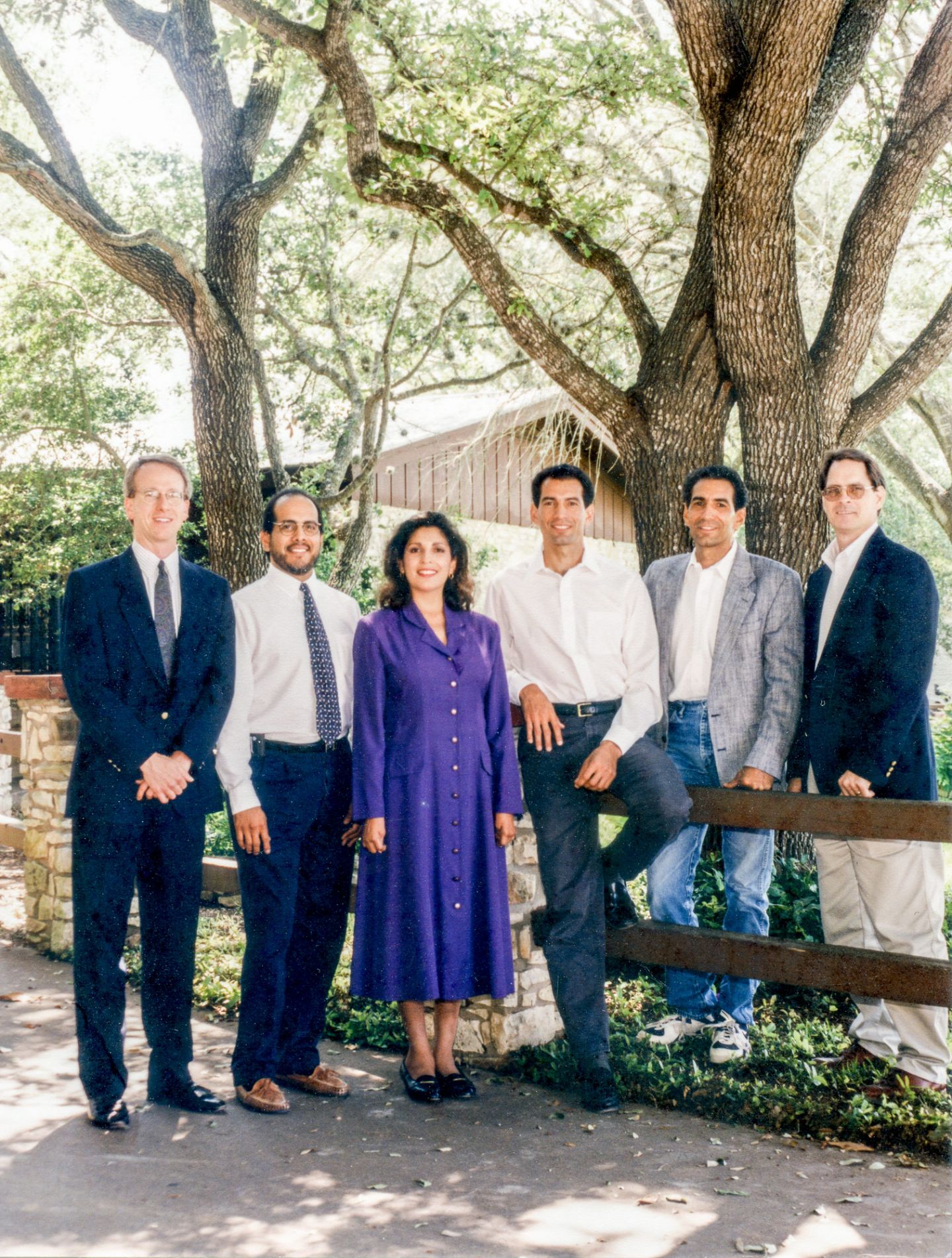
Yet no one was doing it alone.
We found that CG&S’ success was interconnected, the composite of many people’s ideas and labor. Designers, estimators, project consultants, office staff and project managers all played a part in the success of the whole, making improvements or developing new systems that allowed for growth. As CG&S expanded to include new team members with different skills and work styles, people within the company had to learn how to better listen to and support each other. Ultimately, our company has survived the ups and downs for 60 years because the people in it have been able to adapt and evolve.
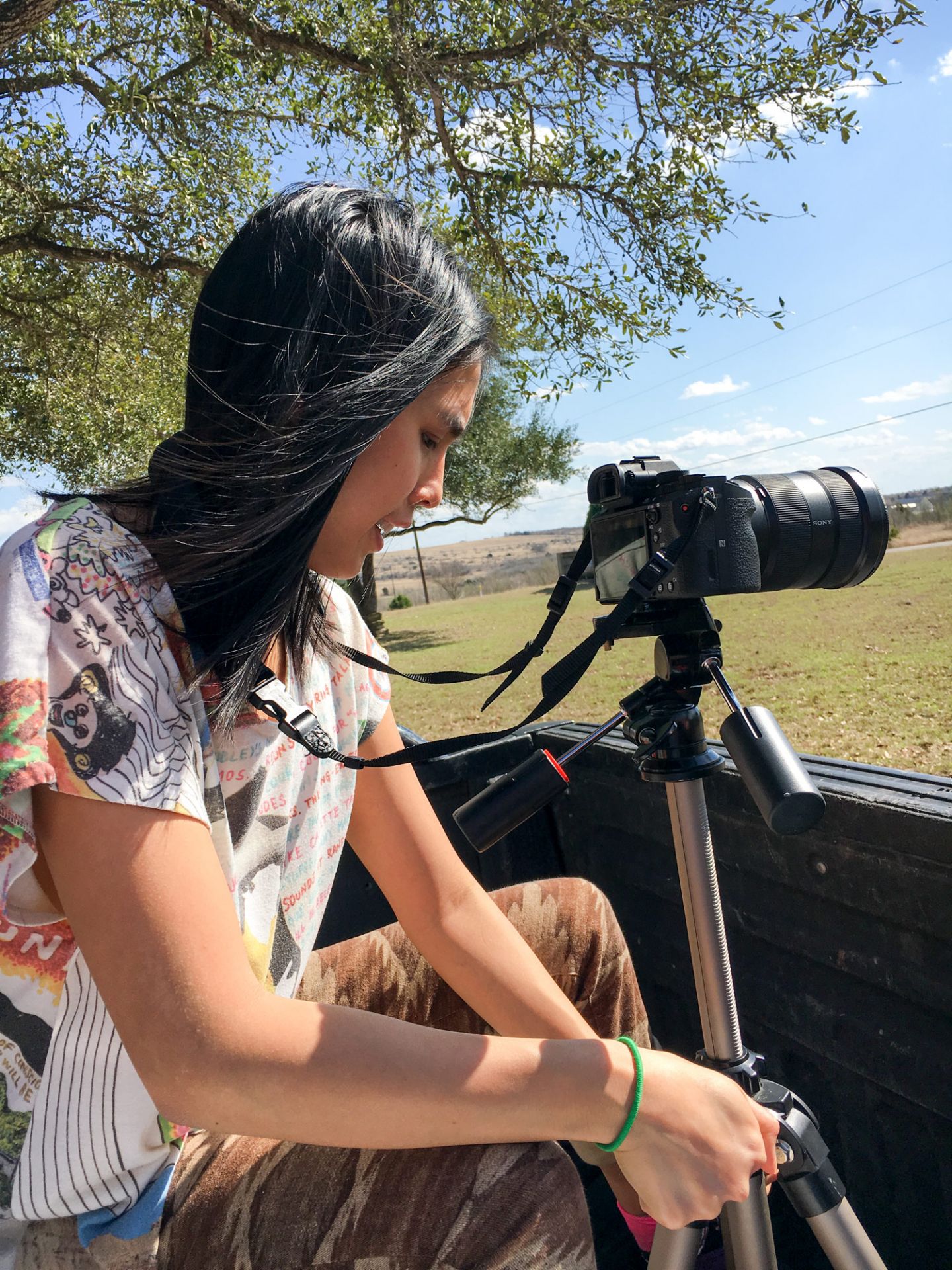
As we entered post production and began to edit the film down to the most fundamental elements, it became clear that life would always have to be more complicated than its representation. I had to let go of certain parts of the story I loved in order to create something shorter than 20 minutes (our goal was 10). I found myself wondering, “What is the most important thing? What are we trying to say?”
The answer is not a statement, but a feeling.
I hope that people feel and understand that so much was done out of love and a desire to stay true to where the company came from without circumventing what it could be. Though the ways and means to that were sometimes in dispute, I know the voices that disagreed also came together because they believed that CG&S could be bigger and better than it was. Everyone who developed the company felt and understood that they were part of something greater than their individual contribution, and that their role was important for sustaining the people they loved.
As we near the end of this experience, I have to think differently about the story. We are no longer telling history, because, with our final installment, we must explore the company as it currently is and what it may become. As we start the interview process one last time, I’m aware that I am not the architect of this company’s future, even if I am trying to shape its narrative. Rather, I plan to draw from the voices of our current members, the friends and coworkers who have become my own, to articulate a vision for us all. I couldn’t have done this documentary alone. Whatever comes in the future, I know we’ll do it together.









